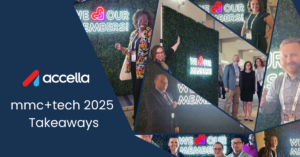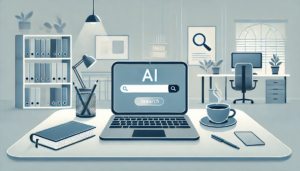Over the past few years, connectivity and IoT have become increasingly more prevalent themes at the CES shows I’ve attended. At CES 2020, the connected vision continues towards a path of everyday reality.
Whether you’re looking at connected suitcases, mirrors, HVAC filters, or really any physical part of your home, there is likely a connected version of that product that now exists.
As an agency, we have a focus on developing digital products for the connected home and digital health industries, so we’re here to provide a few highlights from around the show floor in those areas (sorry, no TVs, drones or cars).
Connected Home: Z-Wave Alliance
Z-Wave Alliance’s big announcement this year is that they are making Z-Wave open source. This will open the specification to other silicon manufacturers and software developers.
It’s a strategic move to make more Z-Wave certified devices available and push forward the prevalence of mesh networks in the home. With their certification program, the goal is to ensure interoperability, simplify the network setup for the end-user and enhance security on those networks, which would appear to be a good direction for the industry to continue to push as more devices are brought online.
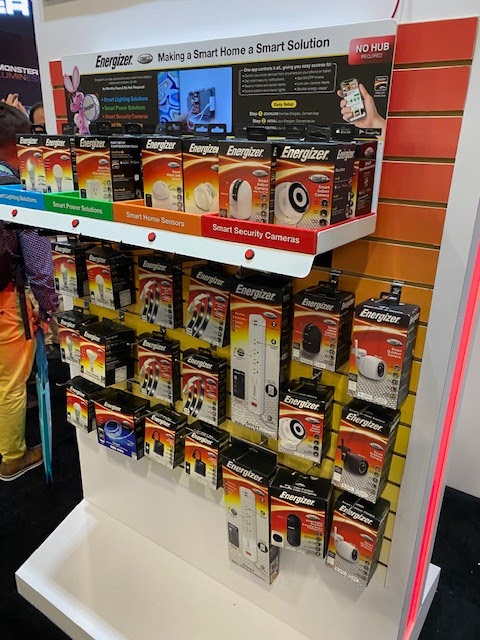
Connected Health: Legacy Health Companies Start Driving Innovation
In recent years, I’ve been keeping an eye on large, legacy companies that are launching innovations labs. This was even more prevalent at CES 2020.
I stopped by the booths for AARP and Proctor & Gamble to see how they are tackling innovation and breaking out of their traditional roles in the health space.
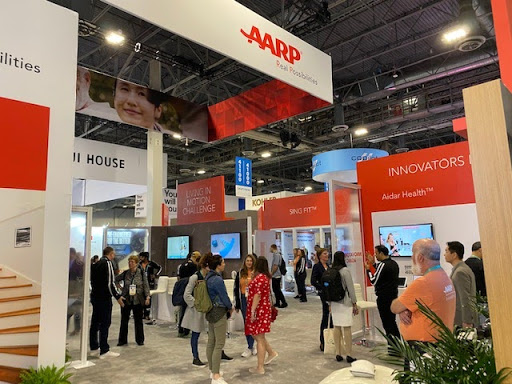
Both organizations are actively soliciting contact with startups that they can bring into their programs. They had a few on display in their booths.

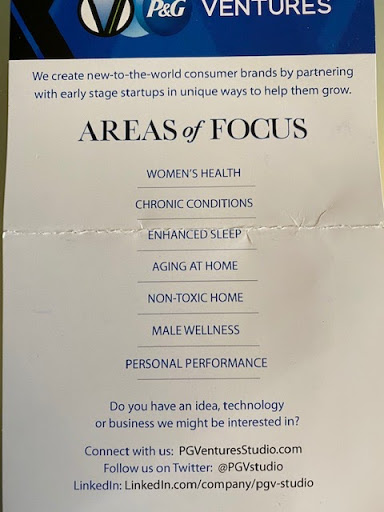
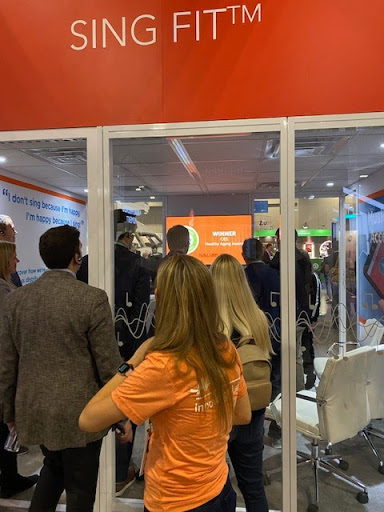
Both companies also have Design Thinking teams internally that are meant to drive homegrown innovation. AARP, in particular, mentioned that their design thinking team can also be a resource for exploring how start-ups can better build solutions for, as well as reach, the 50+ population.
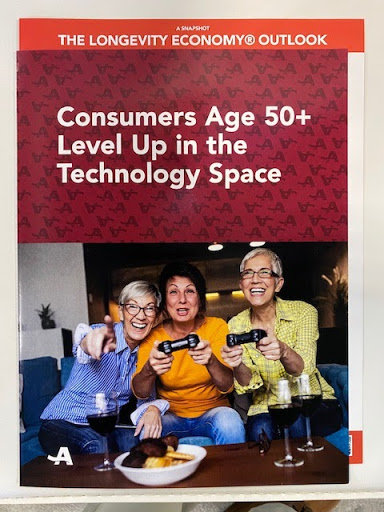
Digital Health: A Focus On Self-Diagnostics & Treatment
The digital health on display seemed to reinforce the idea of bringing both treatment and diagnosis to the patient.
Whether that would be the trend of moving more care and testing into pharmacies, the idea of mobile health clinics, or the example below of eye tests that can be run at home via your smartphone. I would expect to see an uptick of these tests and devices making it into the home, with concerns similar to the connected home space related to networked devices, security, shared data, and privacy.
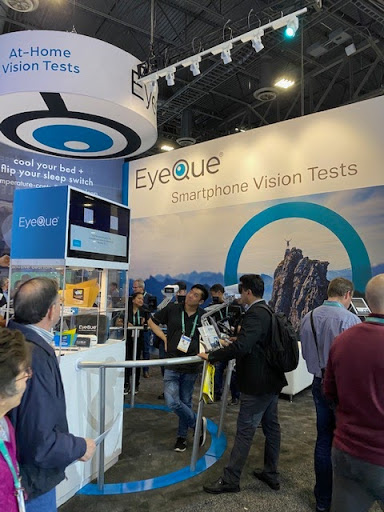
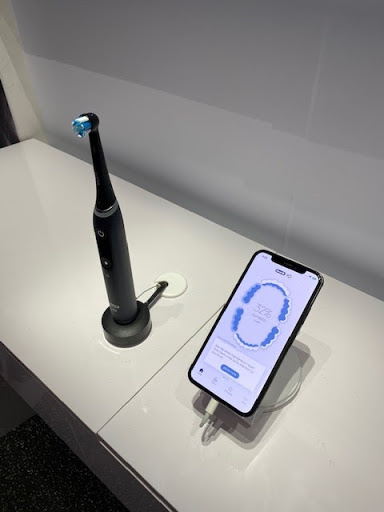
Accessibility
As the topic of accessibility continues to expand, our team has been making larger efforts on how to make sure accessibility is taken into account when building out websites and mobile applications.
Accessibility is a concern both from the desire for companies to be inclusive and accommodating, but also due to the continual rise of litigation.
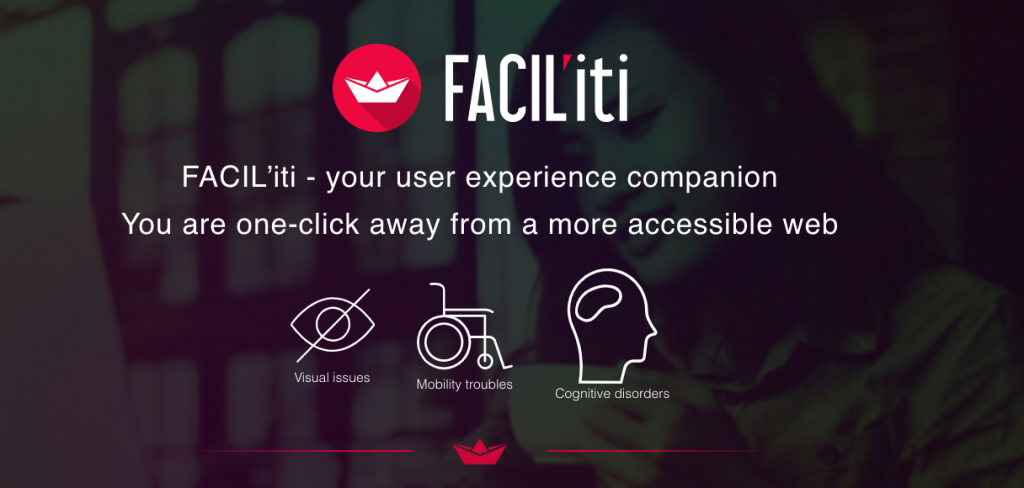
CES had a special section of the floor dedicated to accessibility-related products. One item that caught my eye was a company called FACIL’iti, which uses javascript to bring enhanced web accessibility for a variety of different disabilities, such as limited vision, color blindness and even Parkinson’s. It doesn’t live up to all standards that might be legally reviewed, but it is a good start for those looking to show progress and intent with accessibility on their website without having to invest in a full redesign prematurely.
That’s A Wrap On Accella’s Day One
If there’s anything you found that particularly piques your interest, feel free to reach out by filling out the form below or connect with us on LinkedIn to get more content.
Happy CES!


